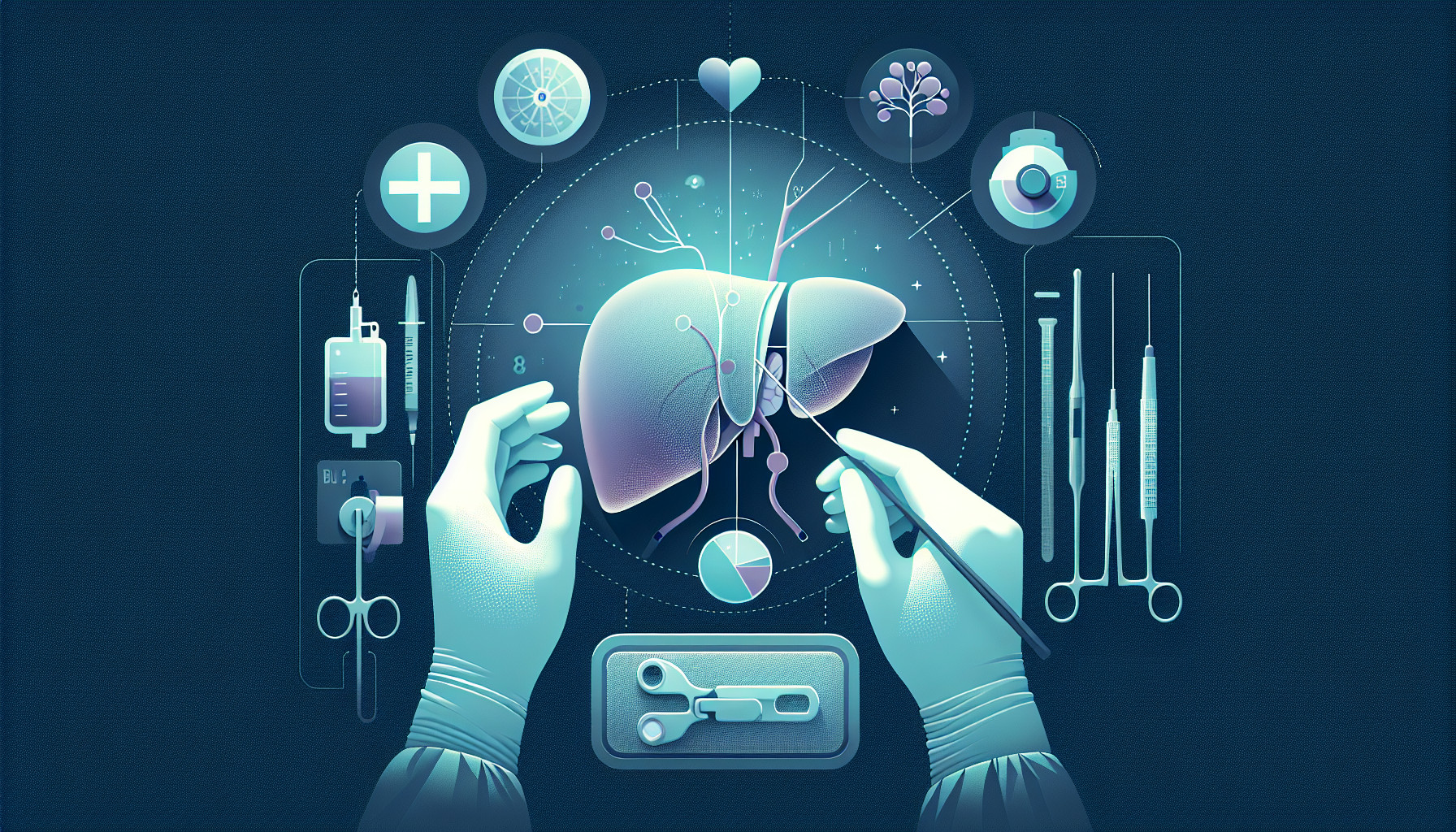Our Summary
This research paper is about liver transplants in children. The procedure has become the best solution for severe acute and chronic liver diseases and some inherited metabolic defects. Improvements in surgery, care around the time of the operation, and treatments to stop the body from rejecting the transplant have led to excellent survival rates for both the patient and the transplanted liver.
However, the success of this treatment does bring new challenges. These include long-term issues related to the health of the transplanted liver and the overall well-being of the patient, including their mental health and social adjustment. The paper reviews the current situation of pediatric liver transplantation, covering topics such as when a liver transplant should be considered, surgical techniques, and long-term outcomes.
The paper highlights the importance of early identification and management of potential issues to ensure that the young patients can lead a fulfilling life after their transplant.
FAQs
- What is the standard treatment for life-threatening acute and chronic liver diseases in children?
- What are the long-term outcomes of pediatric liver transplantation?
- How have advances in surgical techniques, perioperative care, and immunosuppression regimes impacted pediatric liver transplantation?
Doctor’s Tip
One helpful tip a doctor might tell a patient about pediatric liver transplant is to closely follow all post-transplant care instructions, including taking medications as prescribed, attending all follow-up appointments, and following a healthy lifestyle to support the new liver. It is also important to be aware of the potential long-term complications and to promptly report any concerning symptoms to your healthcare team.
Suitable For
Pediatric liver transplant is typically recommended for patients with life-threatening acute and chronic liver diseases, as well as those with multiple liver-based inherited metabolic defects. Some common indications for pediatric liver transplant include biliary atresia, metabolic liver diseases, acute liver failure, and chronic liver diseases such as autoimmune hepatitis and primary sclerosing cholangitis.
Timing of referral for liver transplantation is crucial in pediatric patients to ensure optimal outcomes. Patients are typically referred for liver transplant evaluation when they have advanced liver disease, are not responding to medical therapy, or are experiencing complications such as recurrent infections, hepatic encephalopathy, or failure to thrive.
Surgical techniques for pediatric liver transplantation have advanced significantly over the years, leading to improved outcomes and survival rates. Living donor liver transplantation is also an option for pediatric patients, where a portion of a healthy donor’s liver is transplanted into the recipient.
Long-term outcomes of pediatric liver transplantation include the risk of recurrence of pre-transplant liver disease, idiopathic graft hepatitis, and biopsychosocial outcomes. Close monitoring and management of these issues are essential to ensure the long-term success of the transplant.
In conclusion, pediatric liver transplantation is a life-saving procedure for children with end-stage liver disease. Early identification, timely referral, and appropriate surgical techniques are key factors in achieving successful outcomes in pediatric liver transplant patients.
Timeline
Before pediatric liver transplant:
- Diagnosis of life-threatening acute or chronic liver disease or inherited metabolic defect.
- Referral to a pediatric liver transplant center for evaluation.
- Extensive medical work-up to determine eligibility for transplant.
- Placement on the transplant waiting list.
- Wait for a suitable donor liver.
After pediatric liver transplant:
- Surgery to remove the diseased liver and transplant the donor liver.
- Recovery in the hospital, including monitoring for complications.
- Initiation of immunosuppressive medications to prevent rejection of the new liver.
- Regular follow-up appointments with transplant team to monitor graft function and overall health.
- Long-term management of potential complications such as graft hepatitis-related fibrosis.
- Monitoring for and management of biopsychosocial outcomes post-transplant.
- Achieving meaningful survival and improved quality of life post-transplant.
What to Ask Your Doctor
- What are the indications for pediatric liver transplantation in my child’s case?
- How soon should my child be referred for liver transplantation evaluation?
- What are the risks and benefits of the different surgical techniques used for pediatric liver transplantation?
- What is the expected long-term outcome for my child post-transplant, including the risk of recurrence of pre-transplant liver disease?
- How will my child’s immunosuppression regimen be managed post-transplant?
- What are the potential biopsychosocial outcomes my child may face post-transplant, and how can we address them proactively?
- What are the potential complications or risks associated with pediatric liver transplantation that I should be aware of?
- What is the expected recovery time for my child post-transplant, and what support services are available to aid in their recovery?
- How often will my child need to follow up with the transplant team post-transplant, and what ongoing care will be required?
- Are there any alternative treatment options or clinical trials available for my child’s condition that we should consider before proceeding with liver transplantation?
Reference
Authors: Vimalesvaran S, Verma A, Dhawan A. Journal: Indian J Pediatr. 2024 Apr;91(4):383-390. doi: 10.1007/s12098-023-04963-5. Epub 2023 Dec 27. PMID: 38150147
